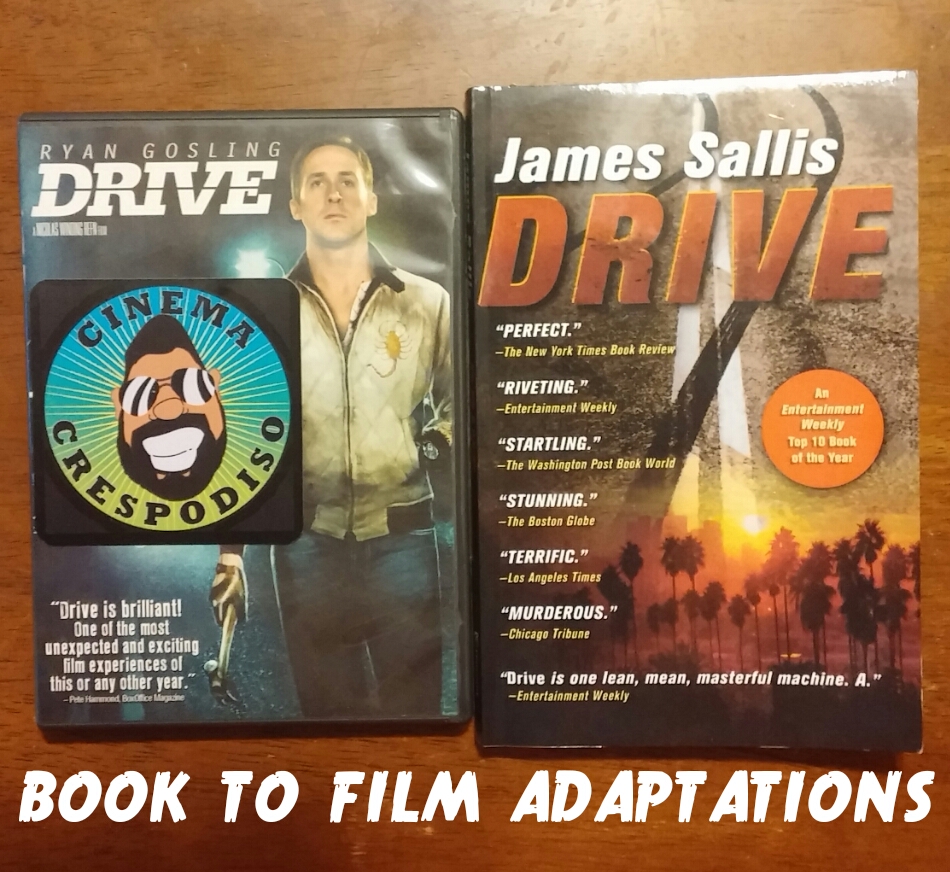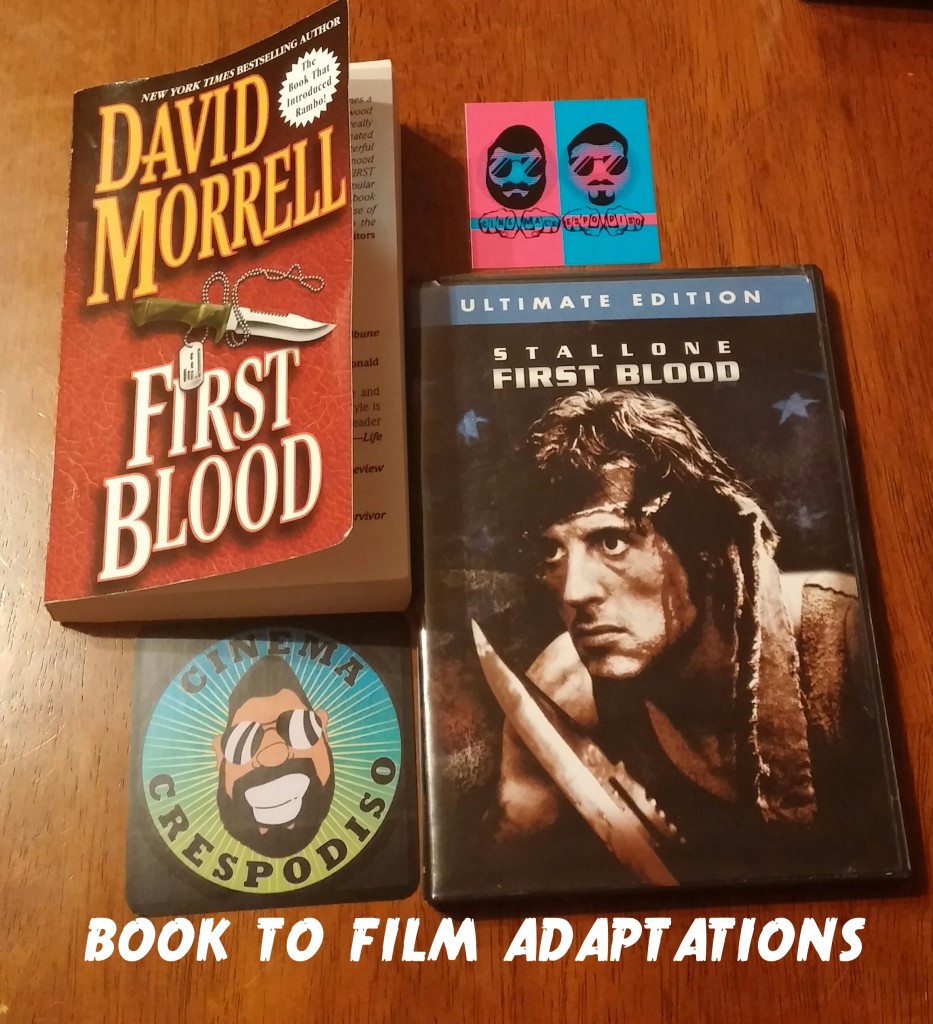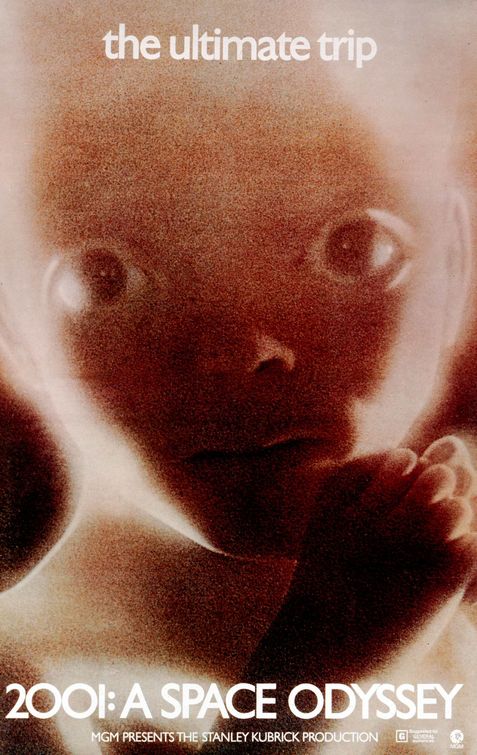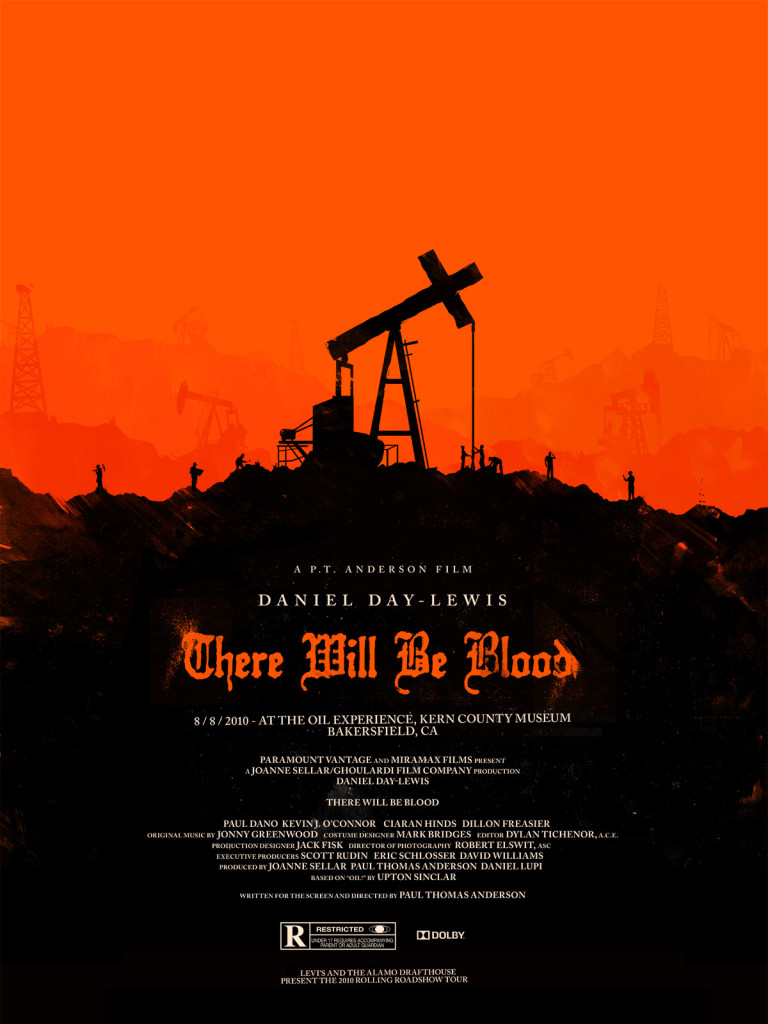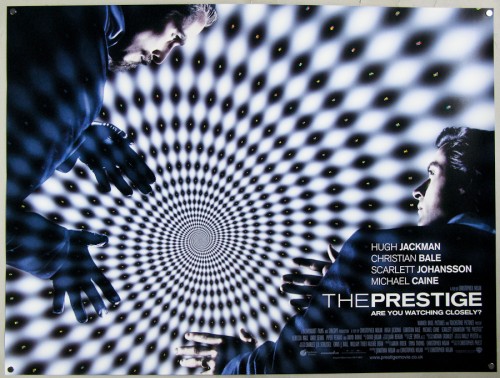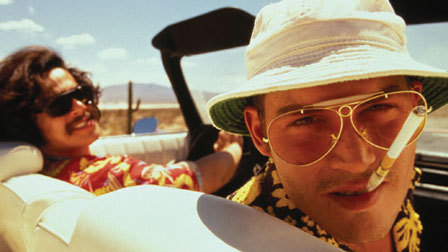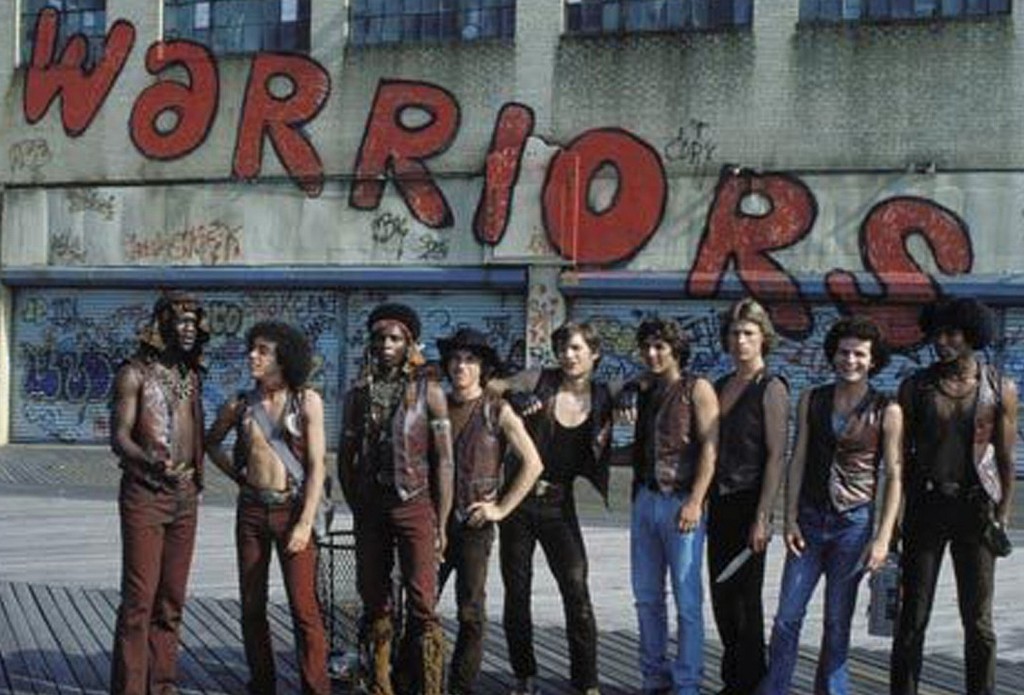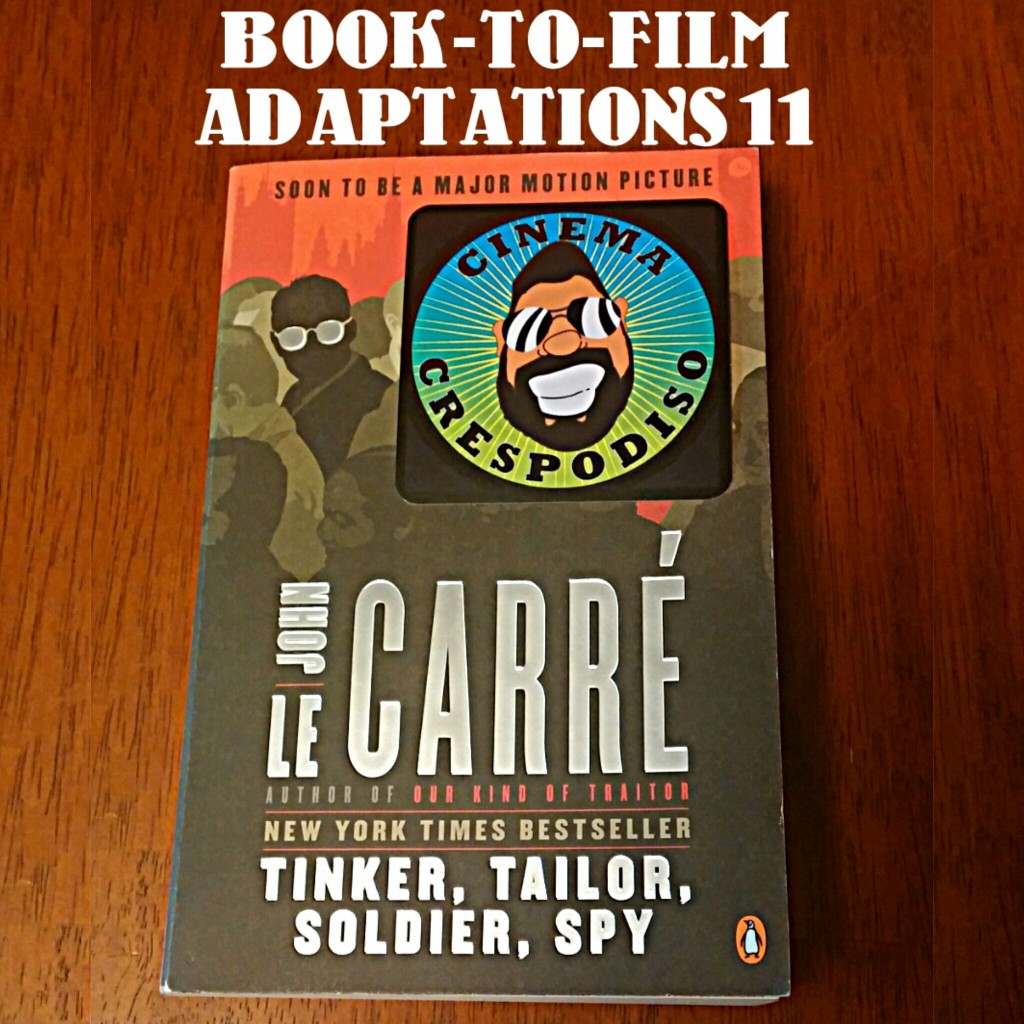 “Tinker Tailor Soldier Spy” is a 1974 spy novel from English novelist John le Carré, at the time already world-renowned for being the author of the hugely popular novel “The Spy Who Came In From The Cold,” and also known for the fact that he gathered much of his insight into the world of professional government sanctioned espionage via his own employment with the British Security Service as well as the Secret Intelligence Service (commonly known as MI6). With “Tinker Tailor Soldier Spy,” le Carré crafted what may be his best work, a story about a Soviet mole implanted deep in British intelligence, which itself was inspired by the very real Cambridge Spy Ring. The antithesis of the typical spy story, instead of the car chases and shoot outs of Ian Fleming’s James Bond, the spy novels of John le Carré are largely internal affairs, with personal relationships and ideologies doing all the heavy dramatic lifting. Instead of spies trying to stop cartoonish villains from enacting their worldwide takeovers from within their secret volcano lairs, these are tales of morally ambiguous people who justify their actions through “love of country,” and who struggle with the things they are tasked with carrying out. And when there is a conflict between people, it is almost always of the psychological nature, a war of information and of temperaments, as opposed to a war of artillery and bloodshed (though there is still usually some bloodshed). The mole hunt of “Tinker Tailor Soldier Spy” epitomizes this, as it openly asks the question, “Who can spy on the spies?”Continue Reading …
“Tinker Tailor Soldier Spy” is a 1974 spy novel from English novelist John le Carré, at the time already world-renowned for being the author of the hugely popular novel “The Spy Who Came In From The Cold,” and also known for the fact that he gathered much of his insight into the world of professional government sanctioned espionage via his own employment with the British Security Service as well as the Secret Intelligence Service (commonly known as MI6). With “Tinker Tailor Soldier Spy,” le Carré crafted what may be his best work, a story about a Soviet mole implanted deep in British intelligence, which itself was inspired by the very real Cambridge Spy Ring. The antithesis of the typical spy story, instead of the car chases and shoot outs of Ian Fleming’s James Bond, the spy novels of John le Carré are largely internal affairs, with personal relationships and ideologies doing all the heavy dramatic lifting. Instead of spies trying to stop cartoonish villains from enacting their worldwide takeovers from within their secret volcano lairs, these are tales of morally ambiguous people who justify their actions through “love of country,” and who struggle with the things they are tasked with carrying out. And when there is a conflict between people, it is almost always of the psychological nature, a war of information and of temperaments, as opposed to a war of artillery and bloodshed (though there is still usually some bloodshed). The mole hunt of “Tinker Tailor Soldier Spy” epitomizes this, as it openly asks the question, “Who can spy on the spies?”Continue Reading …
Book-to-film adaptations 10 – ‘Drive’
“Drive” (2005) by James Sallis is a lean L.A.-based crime novel about a young, rudderless man with exceptional talents who accidentally gets himself involved with the local mafia and must resort to violent means in order to save himself. Told with a sure vision, emphasizing character and location, and combining a knack for brevity with a monstrous vision of a person pushed too far and reacting in kind, this is a pretty great little book that anyone appreciating such genre treats will enjoy.
“Drive,”(2011) written by Hossein Amini and directed by Nicholas Winding Refn, is a lean L.A.-based crime film about a young, rudderless man with exceptional talents who accidentally gets himself involved with the local mafia and must resort to violent means in order to save himself. Told with a sure vision, emphasizing character and location, and combining a knack for brevity with a monstrous vision of a person pushed too far and reacting in kind, this is a pretty great little movie that anyone appreciating such genre treats will enjoy.Continue Reading …
Book-to-film adaptations 9 – ‘First Blood’
David Morrell’s 1972 novel “First Blood” is a fierce book, featuring two products of American wars, both of them so different from each other, but also so similar. A Korean War vet is determined to keep his town safe and clean and a Vietnam War vet is simply tired of being pushed around in a country that doesn’t appreciate him. So when these two people meet, and their desires are in direct opposition of each other, that little spark turns into an explosion that ends up being the end of both of them, as well as a lot of other people along the way.
Ted Kotcheff’s 1982 movie “First Blood” has the same rock and a hard place mentality when it comes to the interactions between the two main characters, but really does change quite a bit from the source material, while still being very similar from start to finish. Confused? Well then let me explain.
Morrell’s “First Blood” is a fast read, with very little fat in the narrative and written in a way that keeps the story propelling forward. The perspective bounces back and forth between our two guys. First is John Rambo, a 20-something year old Vietnam veteran and escaped prisoner of war, and he’s making his way across the country on foot, as was still very popular at the time. He had already been escorted out of 15 small shitty towns in this country because of his looks, with his long hair and beard, and rolling in to town 16, he’d be damned if another small town cop gave him any shit.Continue Reading …
Book-to-film adaptations: 8 – ‘2001: A Space Odyssey’
“2001: A Space Odyssey” has a very unusual characteristic among book to film adaptations, in that it was developed simultaneously as a novel and a film by author Arthur C. Clarke and filmmaker Stanley Kubrick. In the early 1960’s, Kubrick was looking for a sci-fi project to develop into what would be the first serious-minded sci-fi film ever (as all science fiction films up to that point exclusively featured monsters, alien invasions and sex), and through a mutual acquaintance, was hooked up with renowned science contributor and author Clarke. They spent several years together brainstorming ideas and spit balling before they came up with what would become 2001. As a result of their very close collaboration during the production of both pieces of art, 2001 the movie and 2001 the novel work as complementary pieces, informing each other and helping to create a more whole picture. That isn’t to say there are no deviations between the two works, but even with these deviations, the essential truths and themes are kept intact.Continue Reading …
Book-to-film adaptations: 7 – ‘There Will Be Blood’
There Will be Blood (written and directed by Paul Thomas Anderson, chosen as an Examiner Essential) is an epic film about Daniel Plainview, silver miner turned oil man. The story revolves around Plainview and his relationship with the world around him, made complicated by the fact that he needs other men to accomplish his goals, despite his growing distaste for his fellow man. He feels he can only rely on family, and even then, things get screwy.
Oil! (written by Upton Sinclair, himself chosen as a Pulitzer Prize winner) is an epic novel about J. Arnold Ross, mule driver turned oil man. The story, however, revolves around J. Arnold Ross Jr., affectionately called Bunny throughout the book, and his relationship with the world around him, made complicated by the fact that he strongly identifies with the growing labor movement of the early 1900’s, which butts heads directly with his life and upbringing as an American oil prince.Continue Reading …
Book-to-film adaptations: 6 – ‘The Prestige’
The James Tait Black Memorial Prize winning and World Fantasy Award winning novel “The Prestige” is a fascinating story of a pair of turn-of-the-century magicians who develop an intense personal and professional rivalry, sabotaging each other’s performances and lives until tragedy costs them both in ways neither could imagine. Written as a pair of journals (one by each magician) and framed by a modern-day story involving the magicians descendants, The Prestige has its own set of literary illusions and tricks that seek to hide it’s admittedly dull secrets in plain sight.
Brilliantly written and employed, these tricks of the written word would simply not work cinematically. Only so much drama can be derived from scenes of fellas sitting around reading each other’s diaries. Such is the perils of literary adaptation, as things that work on the page and in the theater of the mind would not work on the most silver of screens.Continue Reading …
Book-to-film adaptations: 5 – ‘Fear and Loathing in Las Vegas’
Book-to-film adaptations: 4 – ‘Dreamcatcher’
If you’re playing along at home, you’ll notice that this series is a back and forth type of deal. No Country for Old Men was a best of, I Am Legend was a worst of and most recently, The Warriors was a best of installment. To keep the pendulum going, entry four brings us back to the worst of side, where we find ourselves staring into the gaping maw of Evil Otto himself…Dreamcatcher.Continue Reading …
Book-to-film adaptations: 3 – ‘The Warriors’
Installment one was a “best” and installment two was a “worst.” So here’s another example of one of the best: Walter Hill’s The Warriors is an adaptation of Jewish-American writer Sol Yurick’s novel of the same name. Walter Hill, as we already know, makes manly movies about manly men. And The Warriors is populated with manly gang members, as well as younger kids trying to be men by being in gangs. Importantly, it must be noted that this write up of The Warriors will be of the original film and not the recent “Ultimate Director’s Cut DVD,” which itself (coupled with the director’s cut of Donnie Darko) is an example of a director not realizing what makes their film great. But that’s a completely different article. So with that out of the way…Continue Reading …
